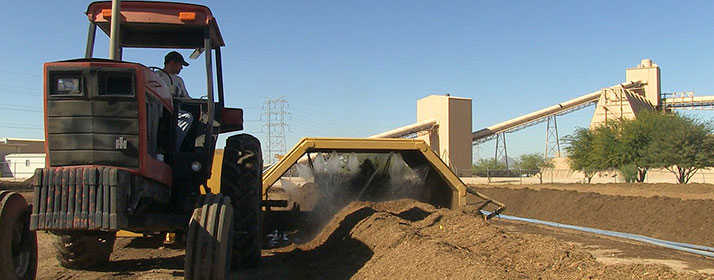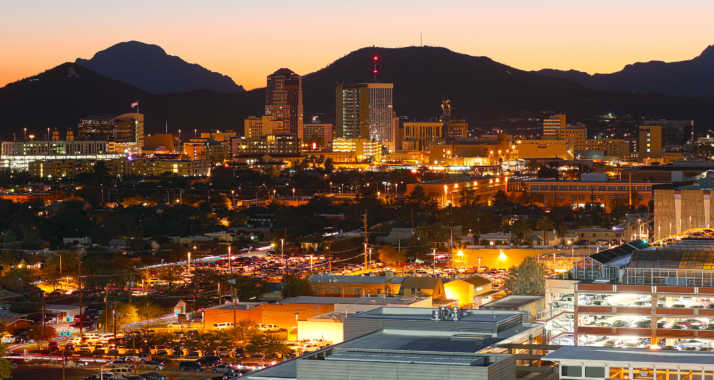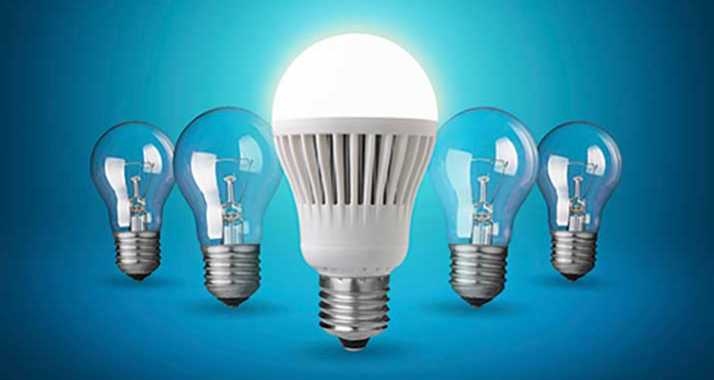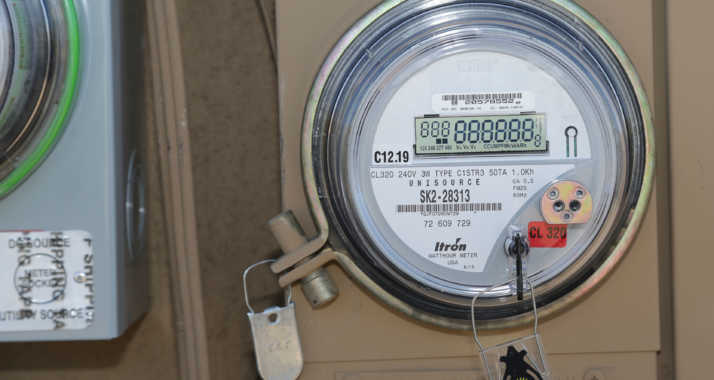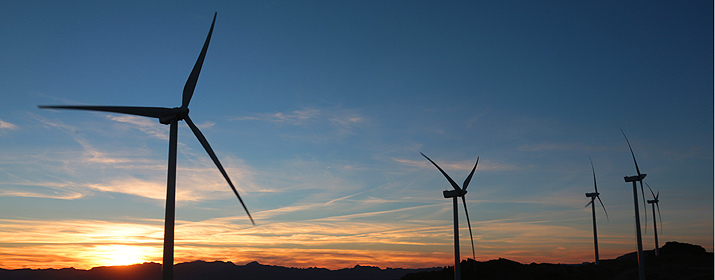

Tucson Electric Power is committed to making smart decisions today to ensure the future supply of reliable energy for our customers.
We’re planning decades ahead, preparing for a future where renewable energy, storage technology and a resilient electrical grid will enable us to deliver power in an environmentally responsible manner and at a reasonable price.
Long-term resource and distribution planning is an important part of TEP’s day-to-day business, said Mark Mansfield, Vice President of Energy Resources.
TEP is working to diversify the types of fuel it uses to generate electricity. We’re reducing our use of coal, opting to rely more on cleaner-burning natural gas.
“By diversifying our portfolio, we protect our customers in case one energy source becomes very costly,” Mansfield said.
A national leader in renewable energy, TEP is continuing to make large strides when it comes to solar and wind-generated power.
TEP collaborates with the University of Arizona to operate the Solar Zone at the UA Tech Park, one of the largest multi-technology solar evaluation sites in the country. The Solar Zone has deployed seven different systems, all at the same location, allowing for an analysis of their costs and benefits.
By the end of 2014, TEP and its sister company, UniSource Energy Services, plan to have about 270 megawatts of utility-scale solar generating capacity, more than 110 megawatts of utility-scale wind energy capacity and 90 megawatts of customer-owned solar and wind capacity. All told, that’s enough electricity to power more than 110,000 homes for a year.
“We’re always looking for green sources of energy,” said Jim Taylor, Senior Director of Engineering Operations Technology. “Solar and wind are viable today, but many other alternatives are also being explored.”
TEP is researching ways to integrate storage technologies into its energy distribution system.
In the summer, energy demand peaks around 4 p.m. In the winter, the demand peaks first thing in the morning and in the evening.
TEP is looking to store energy generated during off-peak hours so it can be utilized when demand is the highest.
TEP also is working to design and implement a next-generation grid — one that is more effective for decentralized energy generation and more resilient in the face of disruptions.
“The grid today is reliable. What we need to focus on in the future is making sure the grid is resilient as well,” Taylor said.
Today’s grid was designed to transmit energy generated by large plants to individual customers. By decentralizing power generation in the future, through smaller “power plants” that augment larger facilities, the grid can be more responsive to potential problems.
“If a big transmission line goes out of service, smaller plants could keep things up and running,” Taylor said. “The way we look at distribution is getting turned upside-down.”
Our energy future is likely to include advances in electronics that integrate energy efficiency. Computers and televisions, for example, may be able to turn themselves off or go into sleep mode when not in use, reducing wasteful “phantom energy load.”
“Our energy future is very bright,” Taylor said. “Making smart decisions today will pay off tenfold in the decades to come.”

